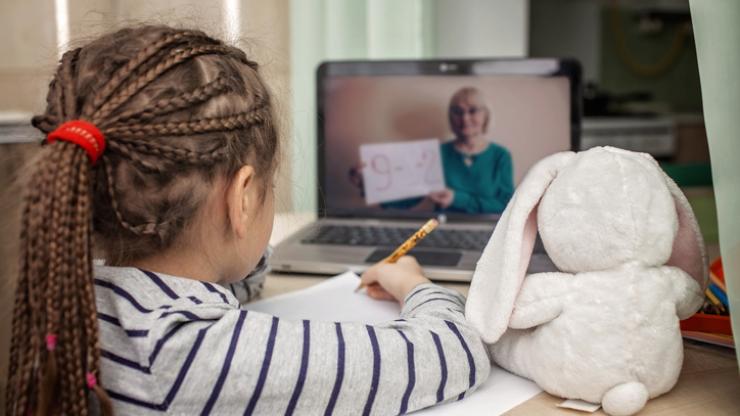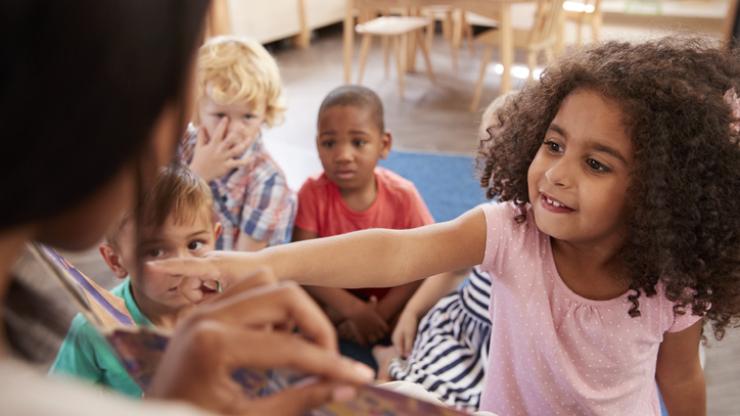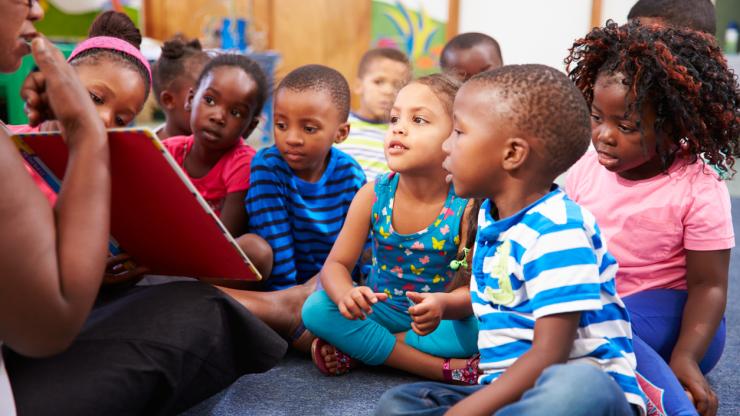Gina Cervetti discusses making standardized tests of reading comprehension more equitable in EdWeek
Professor Gina Cervetti was quoted in an Education Week article discussing the new framework for designing the reading assessment of the National Assessment of Educational Progress (NAEP), the test known as the “nation’s report card.” Cervetti is a member of the framework development panel.
In the article, journalist Sarah Schwartz summarizes the changes that will go into effect for the 2026 test administration and covers the battle between framework developers over the role of “informational universal design elements,” text introductions, pop-ups, and videos that give students some background knowledge about the passages that they are about to read.
Early versions of the framework put forth a sociocultural model of reading comprehension. The model argues that reading is in part about what’s going on inside a student’s head—the cognitive processes—but that comprehension is greatly influenced by social and cultural contexts like home, school, and community. But some members of the development panel felt that the final version diverged too far from the initial drafts—and that commitments made to equity were stripped by a vocal minority of NAGB’s main board.
Cervetti said that beefing up knowledge scaffolds would have made NAEP a truer test of students’ reading comprehension ability. It would test their knowledge of text structures, or their skills in analyzing information, rather than their content knowledge, she said. It would level the playing field for students who come to the test with different stores of knowledge.
When this version of the framework was put out for public comment, though, it brought forth harsh criticism from some corners of the education world. “This came to be seen as an attempt to inflate the scores of traditionally underperforming students,” Cervetti said. “And nothing could be further from the truth.”
Informational UDEs are still in the framework, but they play a much smaller role. This concerns Cervetti, who maintains that a more robust set of informational UDEs would make the NAEP more like “real” reading, not less.
“In the real world, outside of a standardized assessment, we rarely read completely unfamiliar texts in isolation,” she said. If a student reads a word they didn’t know, they can look it up. “We all have phones, and computers, and people [around us], and dictionaries,” Cervetti said.
Featured in this Article
More News
Nell Duke shares how educators teaching remotely can leverage best practices in literacy instruction









